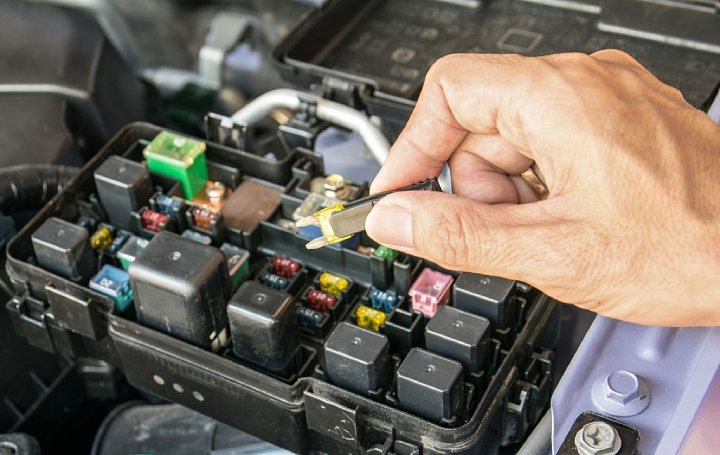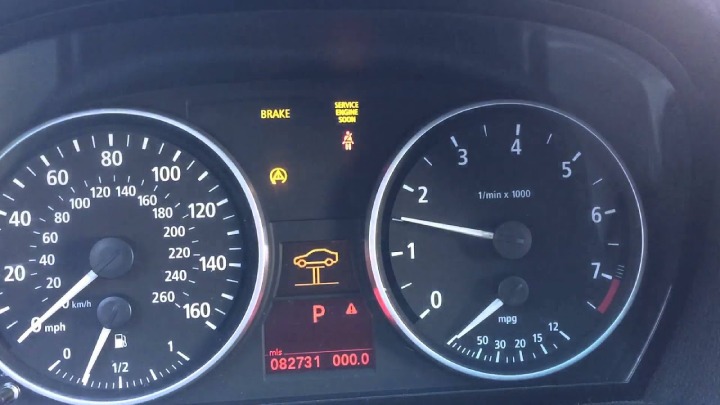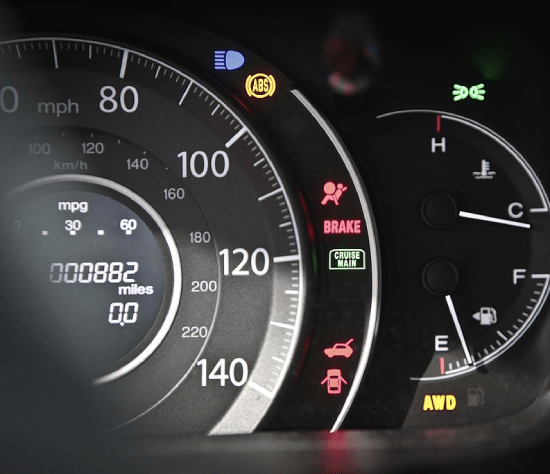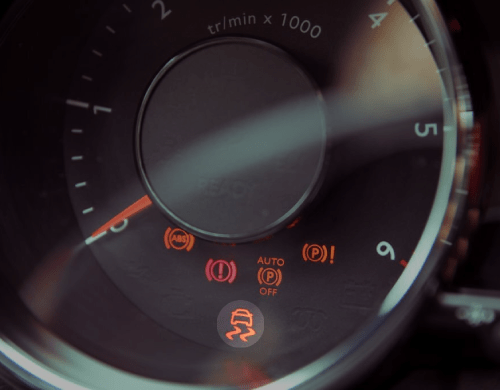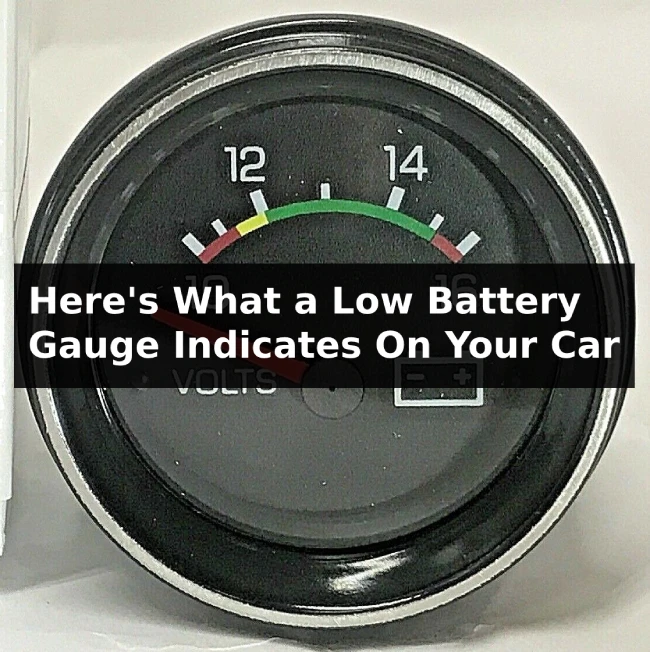Many drivers get desperate when their cars don’t start. It can be a frustrating experience for anyone behind the wheel if you can’t get the engine to crank. Most likely, the problem is the blown-out AM1 fuse.
AM1 is a fuse with a dedicated wire connecting it to the ignition switch. Some are rated 40A and others 60A, depending on your car brand and model.
Turning the ignition switch once turns on car accessories by connecting the AM1 fuse to ACC and IG2. The AM1 fuse disconnects from ACC and IG2, and the AM2 fuse connects to IG1 if you push the witch further. In other words, the AM1 fuse starts electrical systems and accessories in your car.
- What Does AM1 Fuse Look Like?
- What Does an AM1 Fuse Do?
- What Are the Causes of a Blown AM1 Fuse?
- What Does a Blown AM1 Fuse Look Like?
- What Should You Do When AM1 Fuse Blows Out?
- Cost Of Replacing AM1 Fuse? Can You Replace It Yourself?
- Can You Drive the Car If Your AM1 Fuse Is Blown?
- What Is the Difference Between AM1 and AM2 Fuses?
- Final Thought
In your vehicle, the AM1 fuse is responsible for starting the electrical system and other electrical components in your car, including PCM and sensors. The fuse sits in a box near the battery or engine of your car.
Without this fuse, or if you have a blown fuse, most electrical components and other crucial functions of your vehicle will fail or get a bad current.
If the AM1 fuse gets damaged, you will experience difficulty driving because a large part of your vehicle relies on the electric system.
You can see the AM1 fuse as responsible for giving power to the ignition switch, starter, and accessory.
Read on to learn more about the AM1 fuse, including reasons why it blows up and the cost of replacing it on your car.
What Does AM1 Fuse Look Like?
You first need to access the fuse. It is usually located in the fuse box near the engine or close to the battery. Open the fuse box cover to see it. The AM1 fuse is the yellow one you see in the box. Like all other fuses, it has two legs to hook into the holder and a thin wire to create a connection.
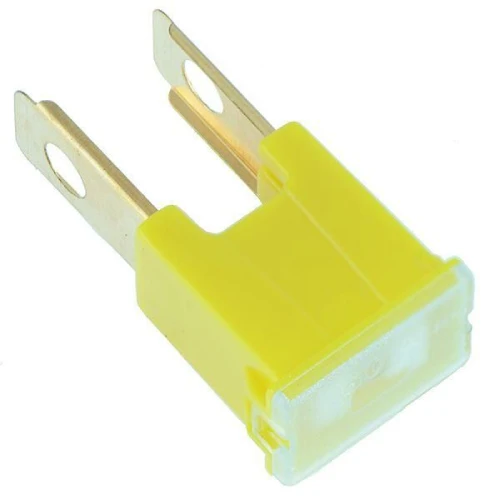
What Does an AM1 Fuse Do?
The AM1 fuse feeds the ignition relay coil, the cigarette lighter fuse, and the ECU-ACC fuse. When you first turn the ignition key to the ON position, the accessories turn on only if the AM1 fuse successfully connects to ACC. These accessories include the following:
- Electric Tension Reducer
- Interior Light
- Key Reminder and Seat Belt Warning
- Moonroof
- Multiplex Communication System
- Power Window
- Radio and Player (Built-In Type Amplifier), etc.
When you switch your car to either ACC/ACCESSORY, ON, or START position, the fuse knows how to regulate the current going to another electrical component to suit this position.
If the AM1 does not function properly, the many electrical components that the AM1 is responsible for will not function.
In general, the AM1 fuse is the bridge that connects your car’s electrical systems and all accessories to the power source. When you start your vehicle, the ECU needs to calibrate sensors to know if all systems are running normally.
The ECU needs power from the battery to do that, which has to pass through the AM1 fuse. Without that initialization, the engine won’t start. It is the reason your car acts dead when this fuse is blown out.
What Are the Causes of a Blown AM1 Fuse?
The most common causes of the AM1 fuse blowing out are a short circuit in the starter system or excess currents demanded by accessories. The latter usually happens if you have electrical modifications and other systems in your car. Let’s break it down for better understanding.
Incorrect Alarm System Installation
Alarms are added security features of a car. And since this is done on your vehicle later, after picking it up from the dealer. That is why you should always hire a competent technician to perform the installation.
The random fusing of the bigger AM1 fuse to the smaller AM2 fuse is the most common mistake by most technicians when installing car alarms. It usually occurs when the installer doesn’t have sound knowledge of the ON key position or underestimates its importance.
The technician may accidentally connect it to the circuit driving the alarm system. Any professional installing a car alarm system should first compute the electrical current requirements of all accessories and devices. The same applies to any electrical device you want to add to your car.
Short Circuit in The System
A short circuit in the system commonly happens when a live wire directly connects to the ground. That means the excess current will flow through the system. And if it exceeds the rated limit of the AM1 fuse, the connecting wire melts to cut off the system.
Electrical shorts can happen in any electrical system or device inside your car, but what most commonly affect the AM1 fuse are short circuits in the solenoids or starter motor windings. The only way to do it is to check all electrical circuits, starting from the ignition system.
Overuse of Lighting and Electrical Equipment
The AM1 fuse is sized according to electrical accessories and devices already installed in the car. You may add a few more without exceeding the safe limit. But as usual, some people may be tempted to get more-powerful systems to customize their cars.
All accessories added to or plugged into the cigarette socket draw power from the battery through the AM1 fuse when you turn the ignition switch on. If the current drawn through this fuse exceeds its limit, it will blow out. You may solve this problem by using an AM1 fuse of a higher rating. But you should only do it if you are sure the problem comes from many electrical devices in your car.
Resist the urge to install additional electrical or electronic devices, such as lights and radios, if they are not part of the original design. But if you must do it, check with the manufacturer and only do it if they won’t overload the AM1 fuse.
Wrong Fuse installed
Many people make a common mistake when changing their fuse by installing the wrong one. All fuse comes with a level or capacity of electric current that they can handle. Manufacturers usually inscribe the voltage capacity on the fuse. If you get one with a lower voltage capacity than the original fuse, it will experience overload and get blown.
Faulty Wiring
Another common cause of a blown fuse is faulty wiring in your vehicle. As we know, wires must have proper coverage to stop the bare wires from touching each other. When the wire touches each other, then it could cause the fuse to get burnt.
Related content: Fuel pump fuse keeps blowing – Causes & Solutions
What Does a Blown AM1 Fuse Look Like?
If you suspect that you have a blown AM1 fuse, turn off your vehicle and proceed to locate the fuse box. It is close to the engine and the battery. When you find the fuse box, unplug the AM1 fuse. It is easy to locate the AM1 fuse as the fuse is labeled.
Take the AM1 fuse out of the box to check if it is blown out or not. Any discoloration on the casing is a hint. But also focus further on any visible cracks in the central position. Keenly observe through the little hole in the top of the fuse, usually located just above each blade.
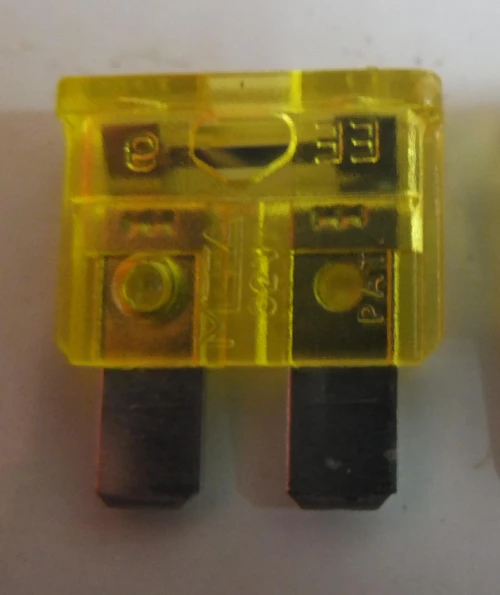
Alternatively, you can use a multimeter to test the continuity of the connecting wire within the fuse. Set the multimeter as appropriate and connect the probes to the fuse terminals. If you hear the alarm going off, the AM1 fuse is not blown out. Otherwise, the fuse is defective and should be replaced.
Don’t replace a blown-out AM1 fuse before knowing what caused it and resolving the problem. It will blow out again if you do. You should diagnose the vehicle for any sources of short circuits or accessories that draw more current than what the fuse can handle.
What Should You Do When AM1 Fuse Blows Out?
If the AM1 fuse blows out, it indicates a short or excess current drawn through it by electrical devices. Replacing it seems to be the most logical thing to do, but that often doesn’t solve the issue. You will realize that even the new fuse doesn’t last before it blows out.
Never replace the fuse with one having a higher current rating or using a bypass wire. That can cause more damage to other electrical systems and devices protected by this fuse if there is a significant short circuit. The additional current due to the fault or demand by current-hungry electronics you installed in the car may cause overheating in the wires or even catch fire.
The most sensible thing to do when the AM1 fuse keeps blowing is to diagnose the electrical system for faults. Follow the wires from the fuse position to their final destination if you can identify any shorted connections. This approach looks straightforward but requires skills. Contact a technician if you are unknowledgeable about the electrical and electronics in the car. It may be costly, but it will save you from messing up further. Let the experts who can handle it do it!
Cost Of Replacing AM1 Fuse? Can You Replace It Yourself?
Replacing an AM1 fuse is not expensive. It will cost you less than $100 to buy an aftermarket fuse, but that can vary from place to place.
But can you replace it yourself? Yes. It takes just a minute to replace a blown-out AM1 fuse, provided you can identify it in the fuse box. Just pull out the faulty part and plug in the new component in the socket.
However, we don’t encourage doing it before diagnosing the issue that caused the original AM1 fuse to melt. The new fuse will blow out again if a short circuit exists in the system. You will be lucky if the problem does not reappear because most people report repeated incidents after replacing the fuse.
Can You Drive the Car If Your AM1 Fuse Is Blown?
The car will run perfectly if the AM1 fuse melts down when the engine is running. You may only lose accessories when the incident occurs. But if you pull over and shut the engine down, it will never start again until you solve the problem.
So, can you drive the car with a blown AM1 fuse? Yes. You can, but only if the engine is already running. Otherwise, you won’t move an inch because the vehicle will be as good as dead.
What Is the Difference Between AM1 and AM2 Fuses?
The AM1 and AM2 are both different in size and function. The AM1 fuse looks much bigger than the AM2, a smaller fuse.
As we know, the AM1 helps power many of the electronic components in the car. Some electronic components include the sensors in the engine, the vehicle, and the PCM. On the other hand, the AM2 is a fuse that is part of the ignition system. It is a critical part that works with other ignition parts to start the engine.
The AM2 fuse functions with the IG2 relay; it supplies current to one side of the IG2 relay during the ignition process. Once the IG2 receives the electronic current, it powers the fuel injection.
AM1 fuse provides electric current to one side of the IG1 rather than the IG2 like the AM2.
Final Thought
Fuses are essential to our vehicle’s proper functioning, and each fuse plays a unique role. The AM1 fuse starts the electric system and the majority of the electric component of the vehicle, including the ECU.
Its primary function is to regulate the electrical current going to the electric system.
Brian is an auto technician who writes DIY repair articles and creates how-to videos for MechanicAsk. He focuses on common repairs like brakes, oil changes, and lighting. Brian draws on his 5 years of dealership experience to explain repairs in an easy-to-follow manner, even for novice do-it-yourselfers. His technical articles always include detailed tool lists, supply checklists, and visual guides.

